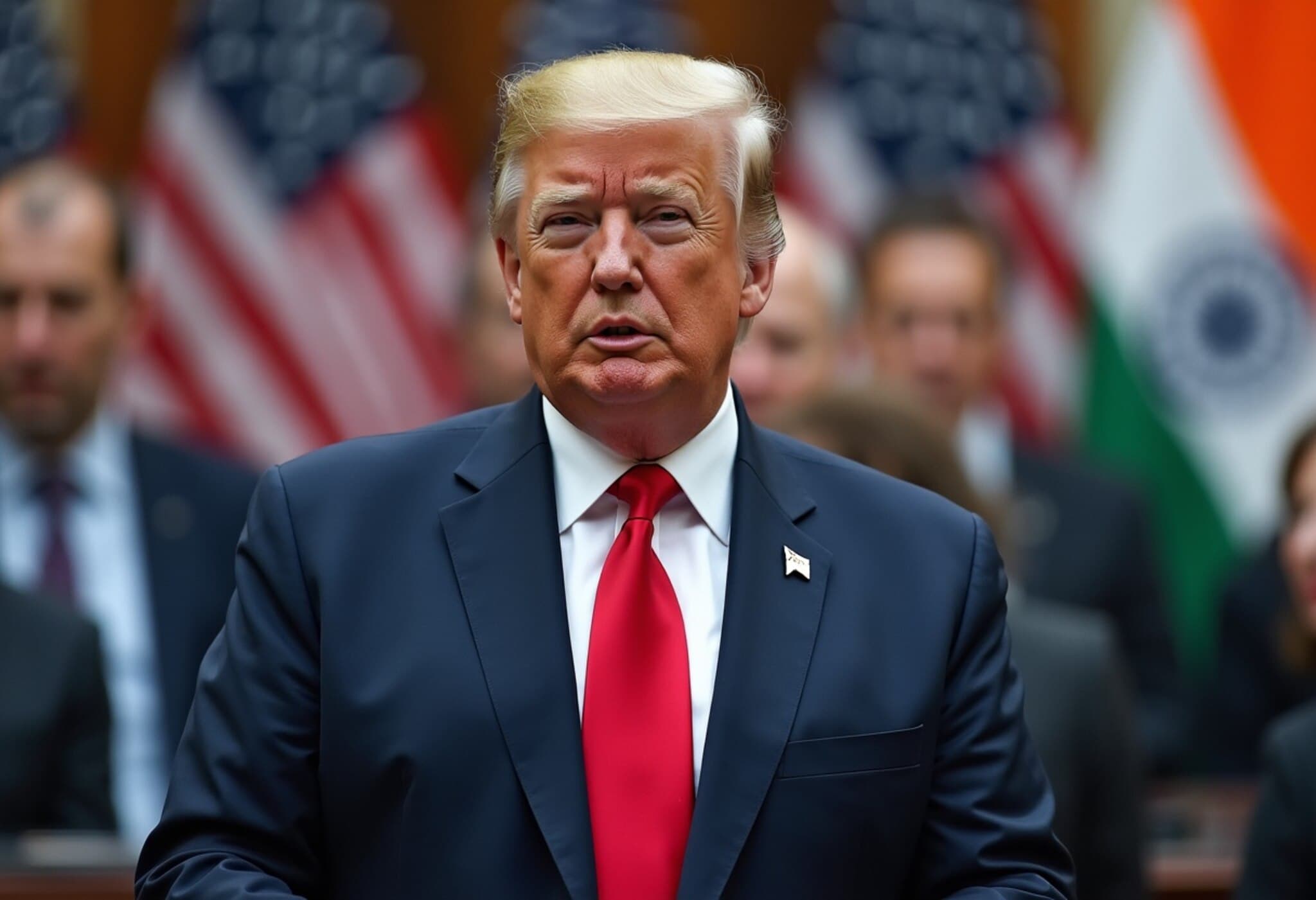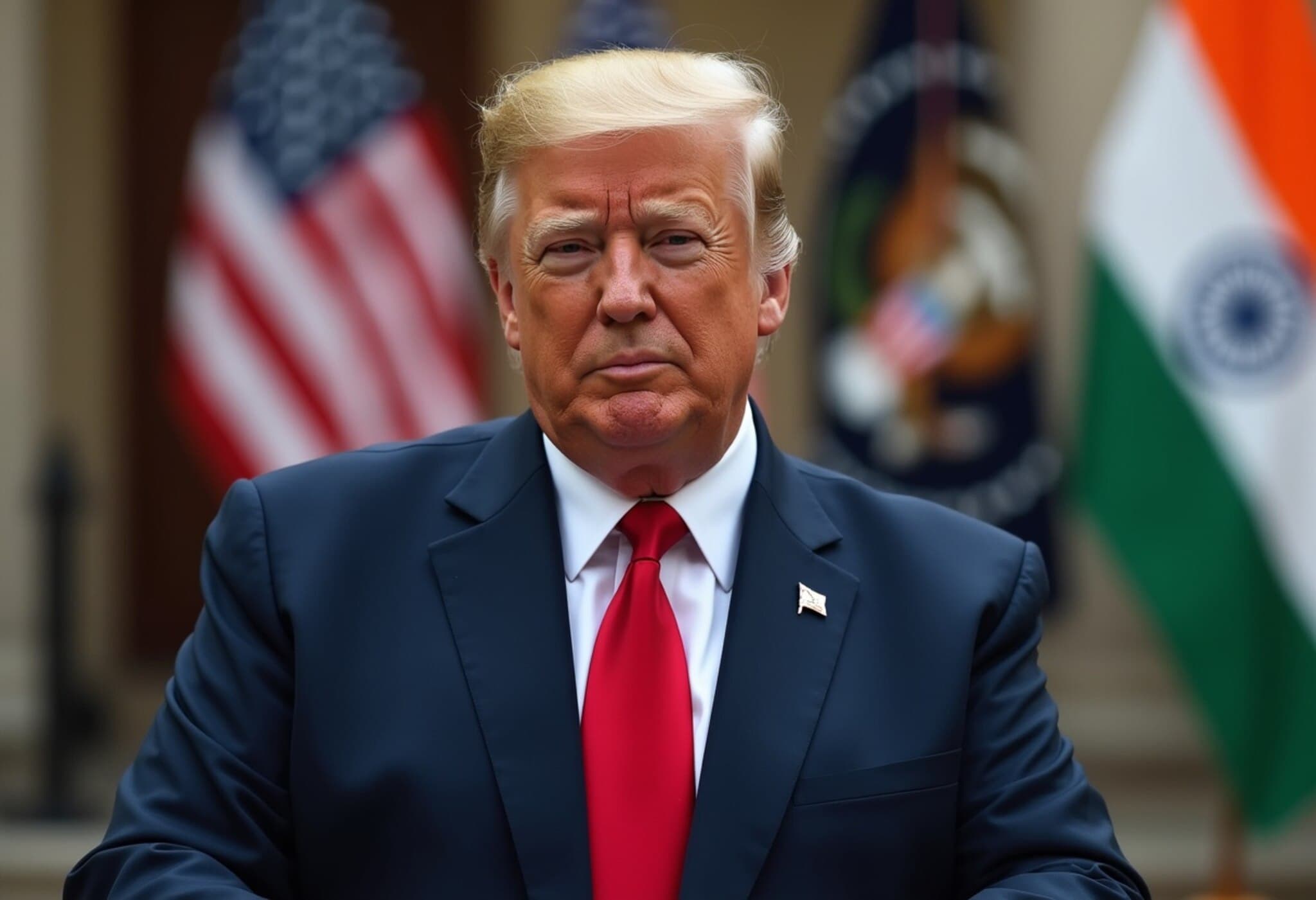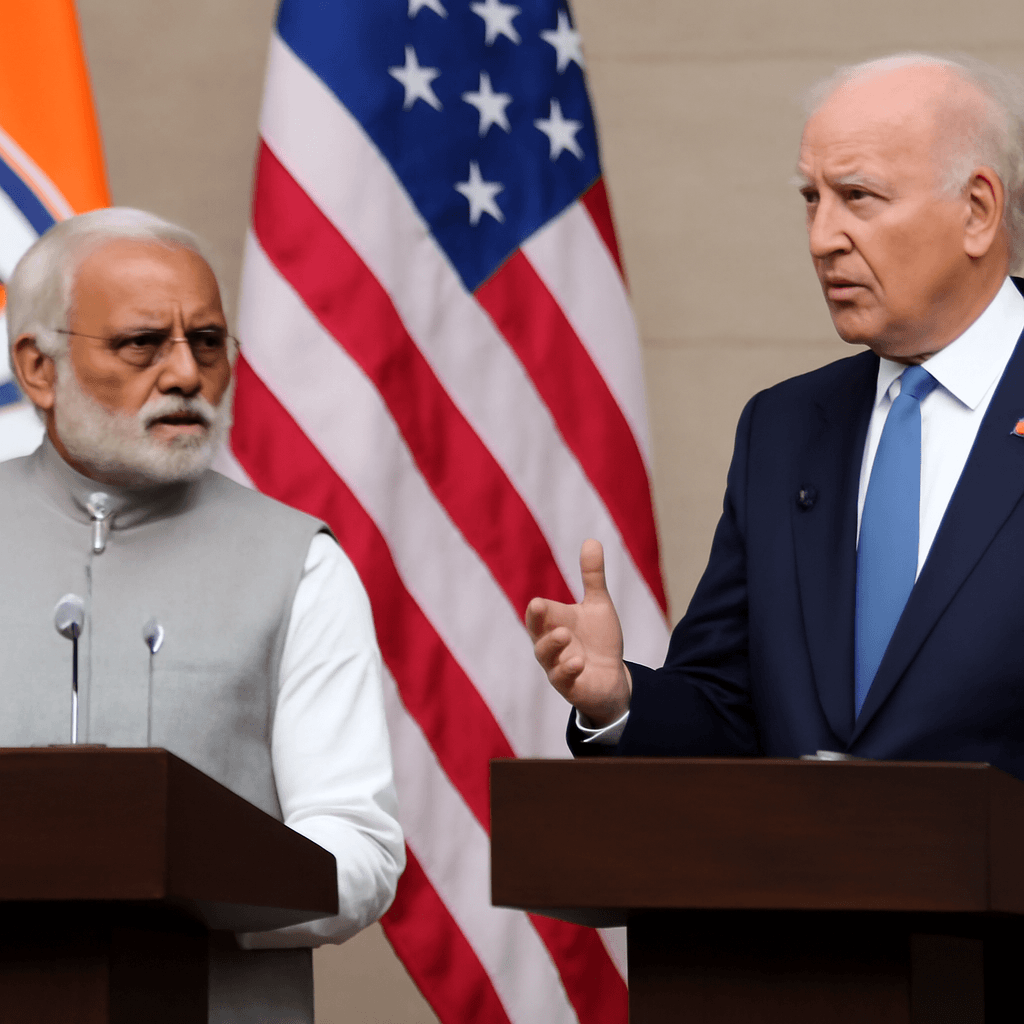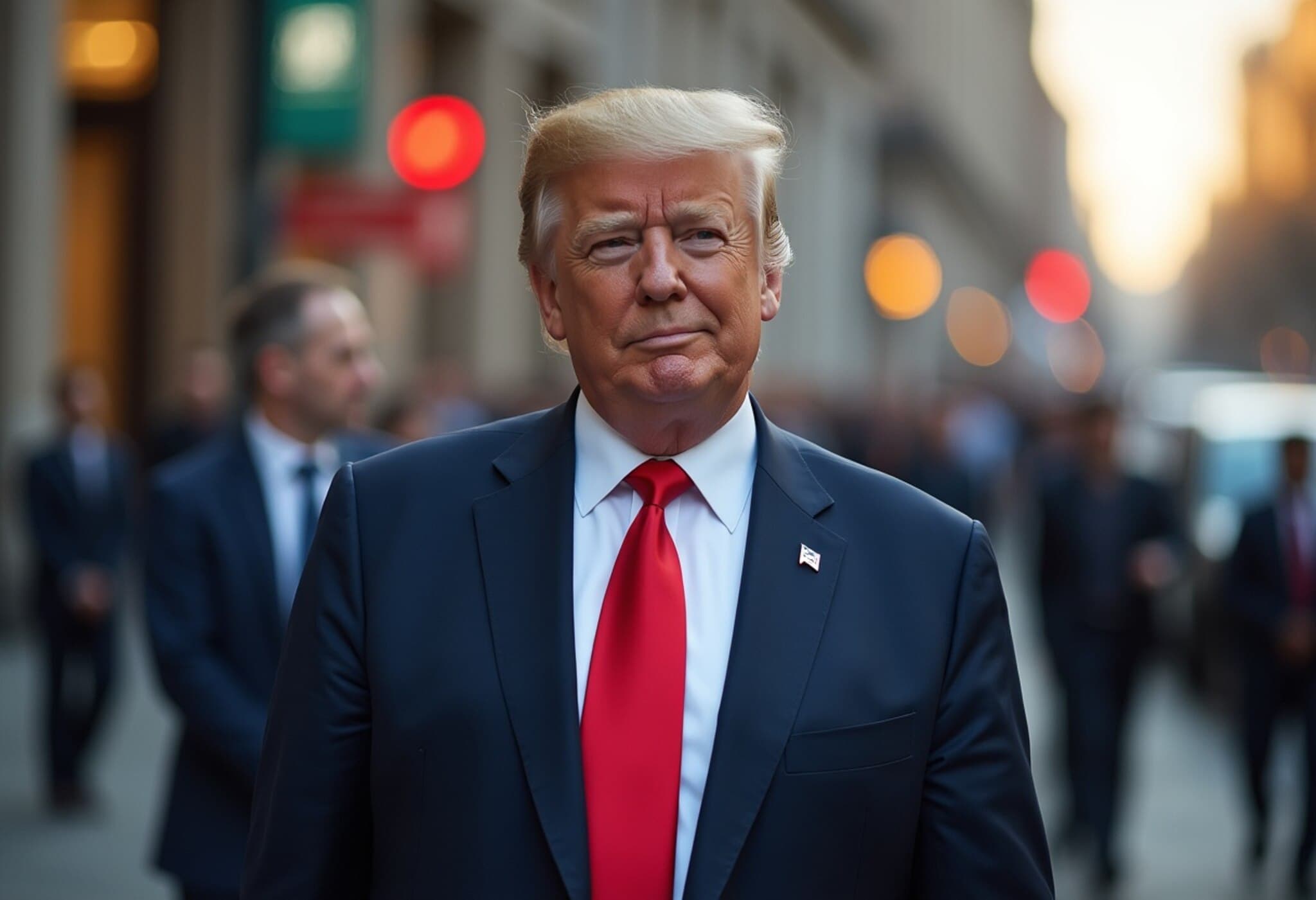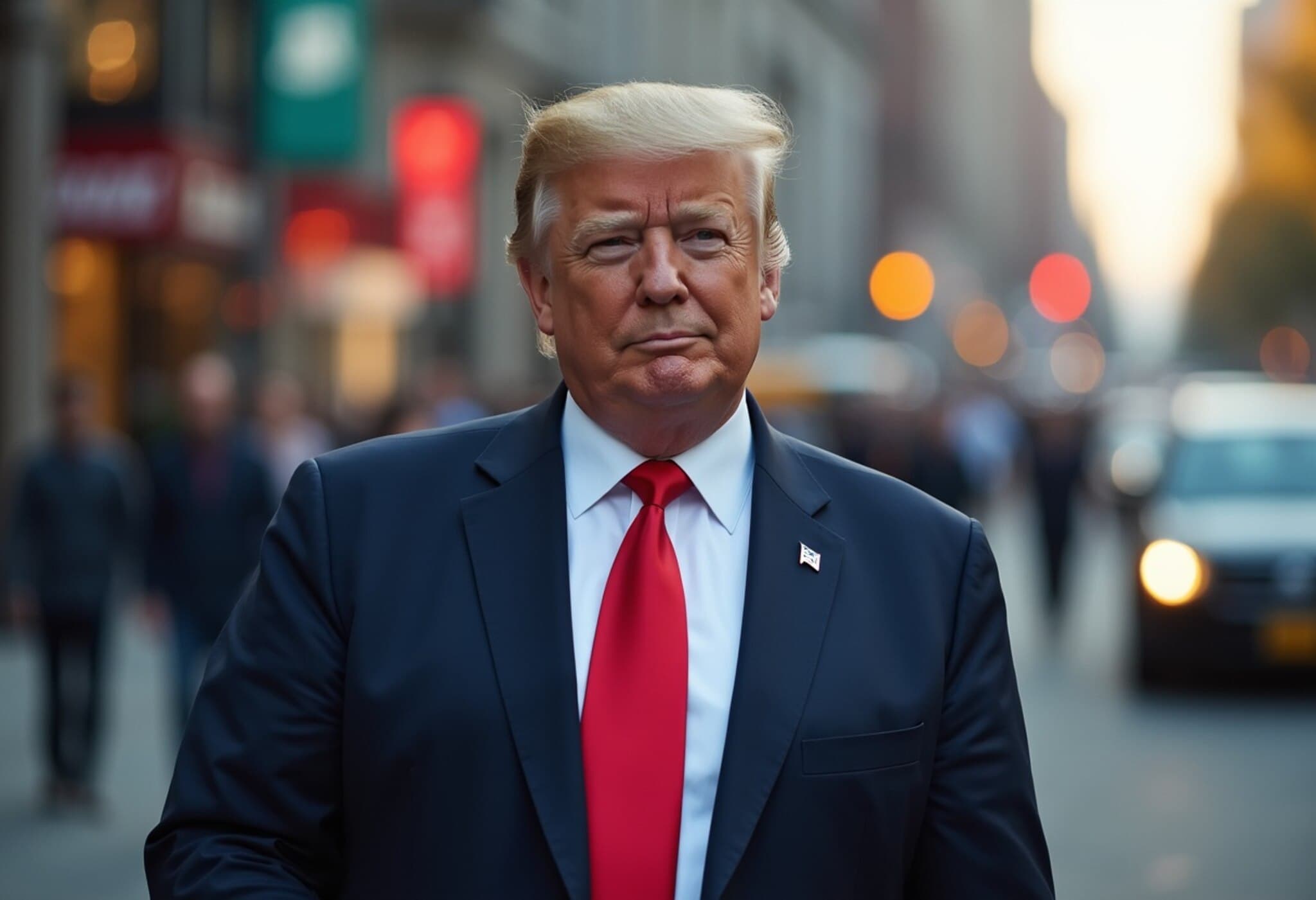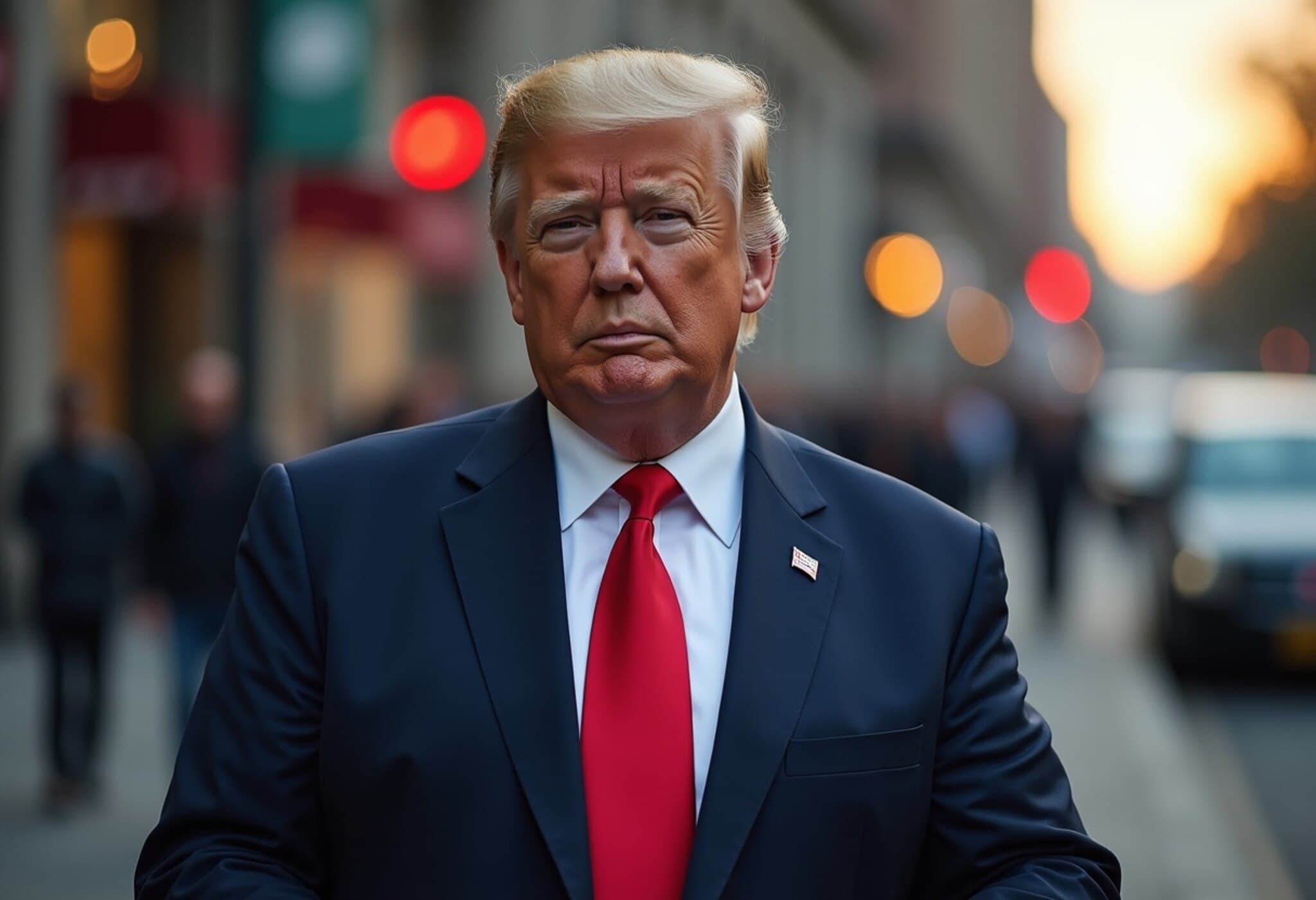Trump Escalates Trade Tensions with India Amid Indo-Russian Relations
In a striking development that could reshape US-India economic interactions, former US President Donald Trump announced a 25 percent tariff on Indian imports, alongside an unspecified penalty linked to India’s trade with Russia. The announcement, made on July 30, 2025, marked a fresh salvo in the increasingly complex trade relationship between the two democracies.
Trump’s Critique of India-Russia Ties
“I don’t care what India does with Russia. They can take their dead economies down together, for all I care. We have done very little business with India; their Tariffs are too high, among the highest in the World,” Trump wrote.
He also warned former Russian President Dmitry Medvedev to "watch his words," underscoring a tense tone between the US administration and Russia’s political figures.
Context: Trade Barriers and Geopolitical Underpinnings
Trump’s announcement coincides with his longstanding complaints about India’s protectionist trade environment, which, according to the administration, has stifled bilateral commerce. India’s tariffs rank among the highest globally, paired with "strenuous and obnoxious non-monetary trade barriers," according to Trump. These barriers, combined with India’s substantial purchase of Russian military hardware and energy resources despite international sanctions, feed into the strained dynamic.
India’s Balanced Response and Ongoing Trade Negotiations
The Indian government has responded with measured restraint. In an official statement, India acknowledged the US president’s comments and emphasized the significance of bilateral trade dialogue, stating that both countries have been engaged in several months of negotiations aimed at a "fair, balanced and mutually beneficial" trade agreement.
- India stressed its commitment to protecting the interests of local farmers, entrepreneurs, and Micro, Small, and Medium Enterprises (MSMEs).
- Reaffirmed its consistent approach of securing national interests in trade agreements, citing the recent deal with the United Kingdom as an example.
This dialogue backdrop frames the tariffs announcement as part of a complex negotiation chessboard rather than an isolated act of economic aggression.
Broader Implications for US-India Relations and Global Trade
Trump’s punitive tariffs raise challenging questions about the future of US-India economic cooperation, especially at a time when geopolitical alliances are in flux. As India balances its strategic partnerships with Russia and the West, the US push for increased access to the Indian market illustrates the tension between national interests and globalization imperatives.
Experts highlight that while tariffs can be leverage in negotiations, they also risk impeding the momentum of one of the world’s fastest-growing economies. Moreover, India’s defense and energy ties with Russia reflect deep-rooted strategic priorities that won't be easily swayed by tariff threats.
Critical Questions Moving Forward
- Can US and India bridge their trade policy differences without jeopardizing broader strategic cooperation in the Indo-Pacific?
- How will India navigate the balancing act between its ties with Russia and growing expectations from Western partners?
- What does this tariff escalation indicate about future American trade policy toward emerging economies?
Editor’s Note
The latest US tariffs on Indian imports underline the fragility and complexity of modern international trade relations, especially when entangled with geopolitical rivalries. For readers and policymakers alike, this episode serves as a stark reminder that economic diplomacy cannot be separated from broader strategic calculations. Moving forward, achieving a sustainable US-India trade partnership will require navigating not only tariffs and market access but also geopolitical sensitivities and national priorities. As global economic powerhouses recalibrate their alliances, the world watches closely to see whether these tensions can evolve into constructive engagement or further entrench division.






